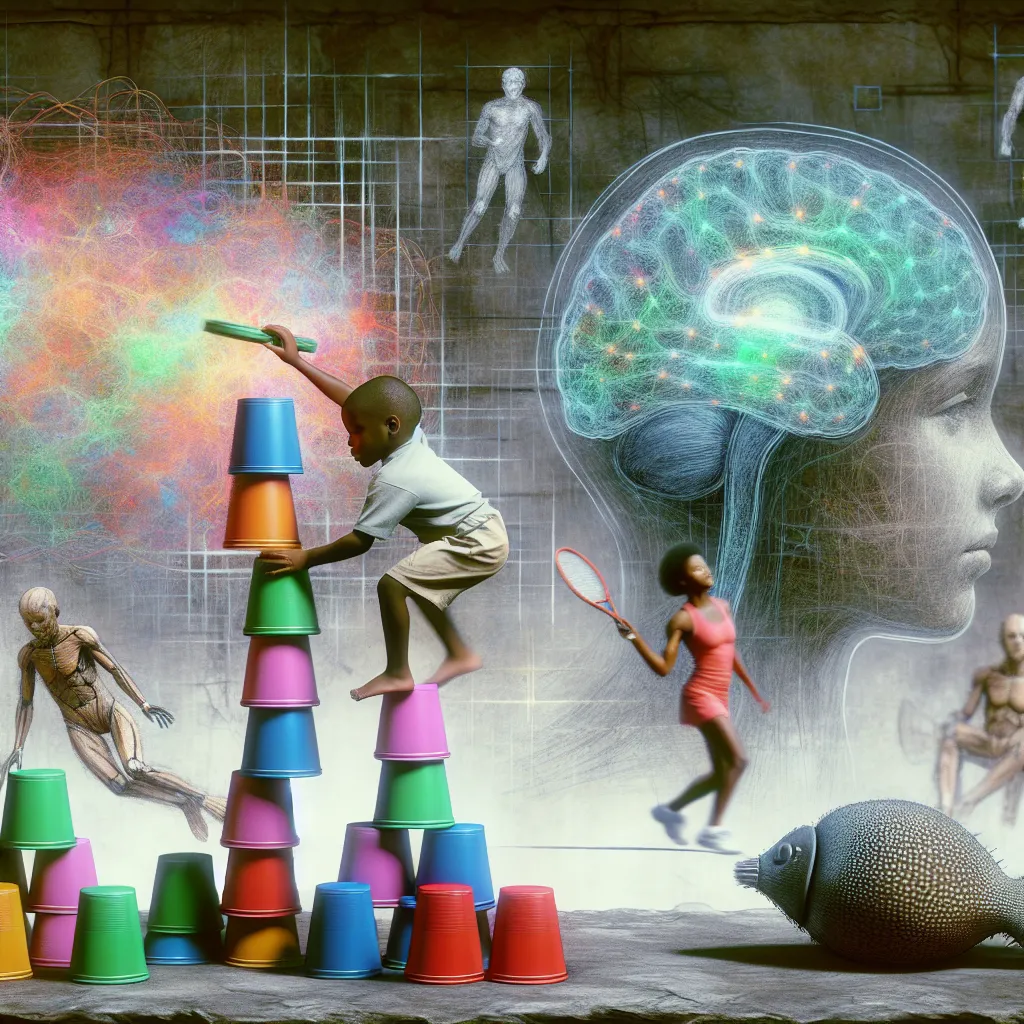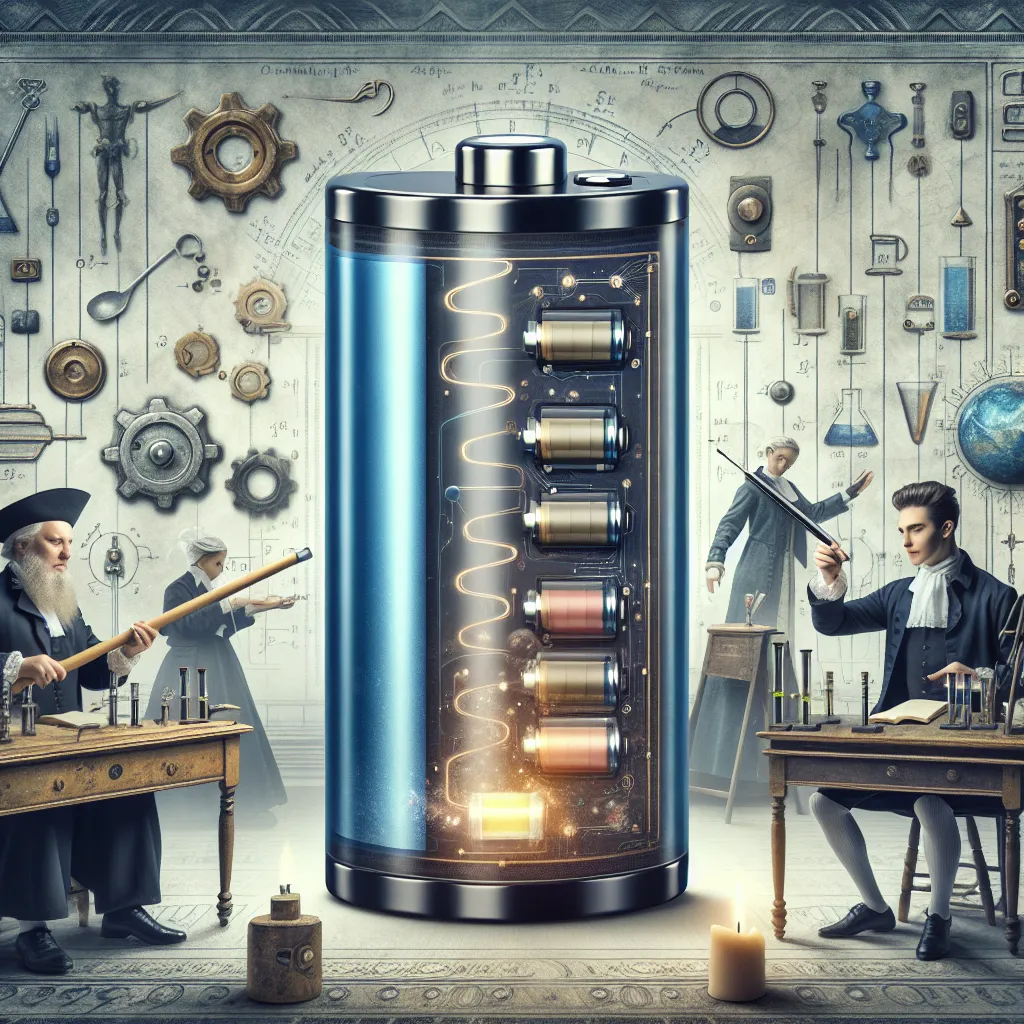In 1998, the delayed choice quantum eraser experiment raised eyebrows with its suggestion of retrocausality—that the future could influence the past. That’s a hefty claim! Initially, many, including myself, embraced this interpretation. But, as it happens in science, new perspectives and deeper understanding have a way of reshaping our views.
So, why did the experiment’s authors hint at retrocausality? And why is this interpretation now seen as flawed? To unravel this, we need to dig deeper. Thanks to a viewer with a PhD in Quantum Optics, I’ve come to appreciate the nuances I previously missed. The devil, indeed, is in the details.
The original paper leans on a non-standard view of quantum mechanics, implying that if you measure a photon to be a wave or a particle, it retroactively alters its state from the moment it was created. But this falls apart under the standard quantum mechanics interpretation. Here, a photon in transit is in a superposition of states—basically, a wave of possibilities. Upon measurement, its wave collapses into a localized particle distribution. Thus, the results we observe hinge not on retrocausality but on the wave function collapse—a fundamental quantum mechanics phenomenon.
Now, let’s simplify the notorious double-slit experiment. Send individual photons or electrons through two slits, and you’ll see a seemingly random dot pattern at first. Over time, this resolves into an interference pattern, hinting at wave-like behavior. However, put detectors at the slits, and the interference pattern disappears, replaced by a particle-like distribution. The act of measurement alters the result.
This shift isn’t because we’re watching, but due to the interaction causing the wave function to collapse. Measuring devices cause this wave to become localized, showing up as dots or lines, depending on the setup.
Things get more intriguing with the delayed choice quantum eraser experiment. Here, instead of a screen behind the slits, a special optical device splits each photon into a pair of entangled photons. These pairs travel different paths toward various detectors, each path revealing different information. When you erase the path information of these photons using additional devices, you get interference patterns. This is the crux of the confusion—it seems like the pattern at the first detector (D1) is affected by what happens at subsequent detectors. However, this isn’t the case.
The trick lies in subset selection. Each photon pair’s journey is connected: what happens to one photon affects its entangled partner. Thus, by selecting subsets of photons arriving at D1 that match those detected at other places (D2, D3, D4, D5), we see patterns that seem retroactively influenced. Still, the overall pattern at D1 remains unchanged, reflecting the standard interpretation of wave function collapse without any retrocausal magic.
In essence, the delayed choice quantum eraser demonstrates the peculiar nature of quantum entanglement and measurement but doesn’t imply any retroactive change. You can’t alter the past; it’s all about selecting future data that retroactively match past measurements.
Quantum mechanics continues to boggle and amaze. Still, it’s reassuring to know that, while the future might be mysterious, it won’t come back to haunt your present. Let’s keep exploring this mind-bending universe together! Cheers!






